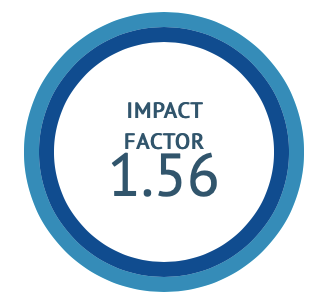The Great Conjunction of the Great Kumbh
DOI:
https://doi.org/10.47552/ijam.v16iS1.5977Keywords:
Mahakumbh, Prayagraj, Spiritual pilgrimage, Amrit snan, Economic impactAbstract
The Mahakumbh at Prayagraj, held every 12 years, is a massive religious event that draws millions of devotees from around the world. The 2025 edition of the Mahakumbh was expected to surpass 50 crore attendees, making it a global spectacle. However, it has crossed 66 crore. The event, which culminates in sacred bathing rituals at the confluence of the Ganga, Yamuna, and Saraswati, is deeply rooted in Hindu traditions, with spiritual merit and divine blessings being central to its significance. The Mahakumbh’s grandeur is enhanced by astrological alignments, such as the rare "Amrit Yog," which is believed to imbue the waters with nectar-like qualities. The event has evolved over time, especially since India's independence, gaining international recognition and attracting pilgrims from diverse backgrounds. Additionally, the event has significant economic impacts, with investments in infrastructure, including roads, railways, and airports, leading to an economic boost for Uttar Pradesh. The Mahakumbh serves as a hub of spirituality, culture, and tourism, contributing to the state’s growth while offering devotees an unparalleled opportunity for spiritual and physical purification.
Downloads
Published
How to Cite
Issue
Section
License
Copyright (c) 2025 International Journal of Ayurvedic Medicine

This work is licensed under a Creative Commons Attribution-NonCommercial-ShareAlike 4.0 International License.
The author hereby transfers, assigns, or conveys all copyright ownership to the International Journal of Ayurvedic Medicine (IJAM). By this transfer, the article becomes the property of the IJAM and may not be published elsewhere without written permission from the IJAM.
This transfer of copyright also implies transfer of rights for printed, electronic, microfilm, and facsimile publication. No royalty or other monetary compensation will be received for transferring the copyright of the article to the IJAM.
The IJAM, in turn, grants each author the right to republish the article in any book for which he or she is the author or editor, without paying royalties to the IJAM, subject to the express conditions that (a) the author notify IJAM in advance in writing of this republication and (b) a credit line attributes the original publication to IJAM.





